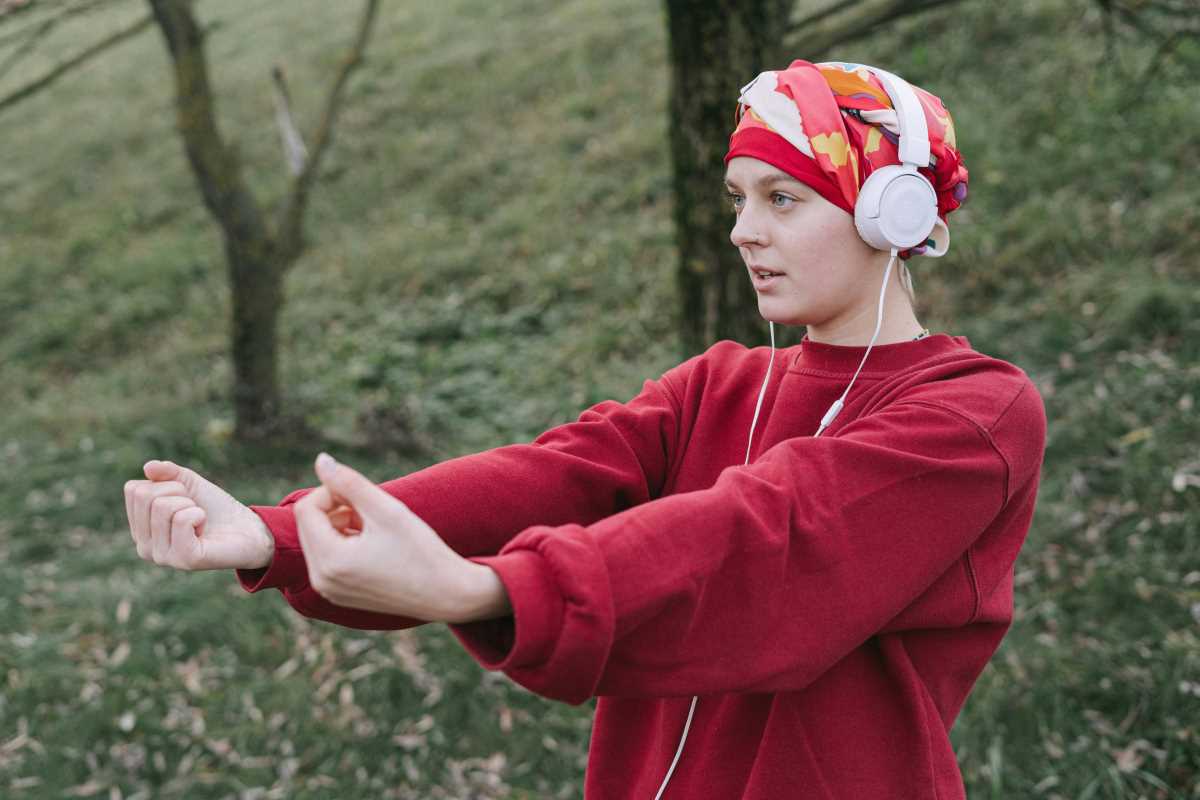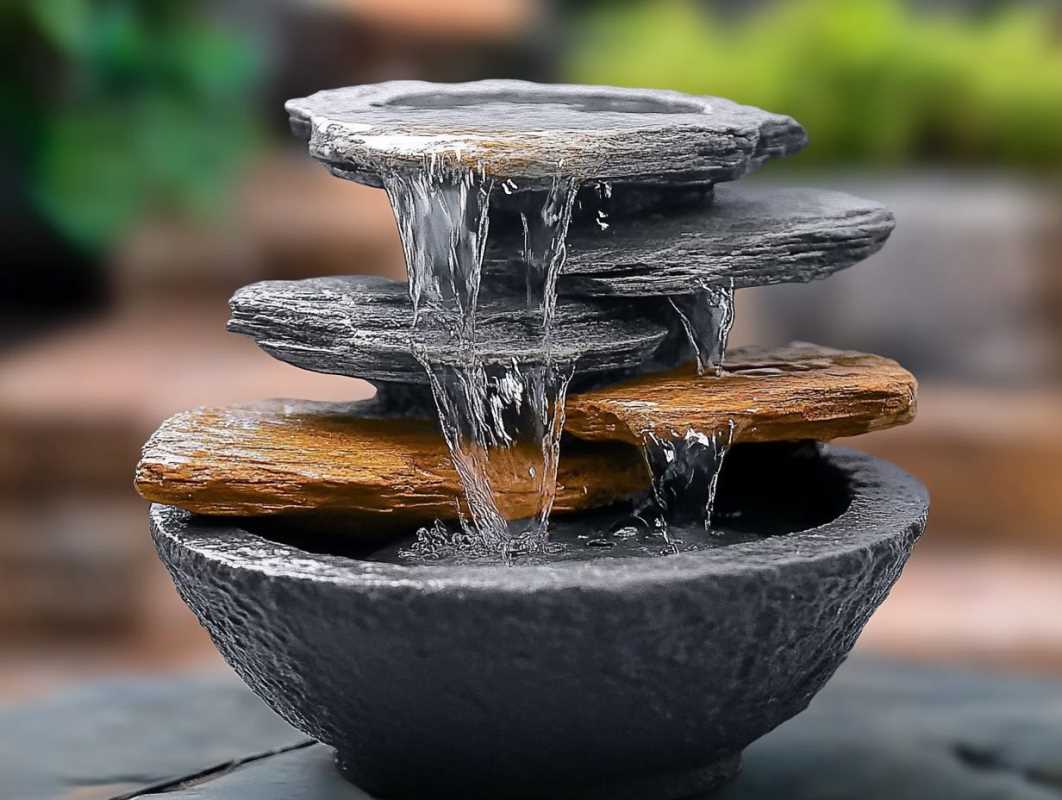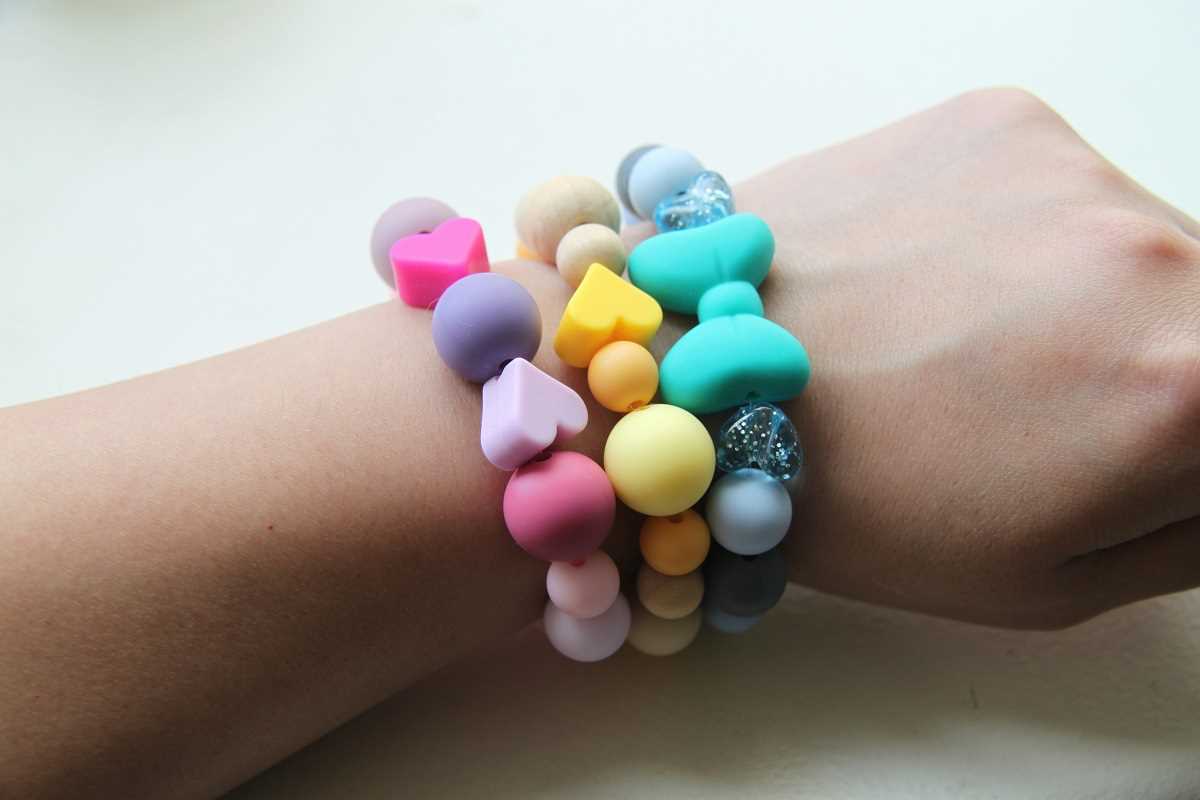There’s nothing quite like the thrill of stumbling upon a one-of-a-kind item that feels like it was made just for you. Secondhand shopping is so much more than saving money—it’s an adventure, a chance to hunt for hidden gems, and an opportunity to give pre-loved items a new life. From thrift stores to flea markets, online resale platforms to consignment shops, secondhand shopping offers endless possibilities for discovering treasures.
If you’re ready to turn your next shopping trip into an exciting treasure hunt, here’s your guide to making the most of the secondhand shopping experience while benefiting your wallet and the planet.
Why Secondhand Shopping Is Worth It
Before we jump into the “how,” let’s talk about the “why.”
- Environmental Impact: Shopping secondhand reduces waste by extending the life cycle of items that might otherwise end up in a landfill. It’s one of the easiest ways to support sustainable consumption.
- Financial Savings: Pre-loved items come at a fraction of their original cost, often allowing you to snag high-quality goods for much less.
- Unique Finds: Unlike mainstream retail, secondhand shopping leads to one-of-a-kind items you won’t see on everyone else. It’s a great way to showcase your personal style.
- Creative Joy: Hunting through racks and scrolling through listings feels like playing a game where you can strike gold at any moment.
Now, onto making the most of your treasure hunt!
1. Start With a Game Plan
The beauty of secondhand shopping lies in the variety, but that can sometimes feel overwhelming. Before heading to your local thrift store or browsing online, set a goal to focus your treasure hunt.
- Create a List: Are you looking for vintage home decor, designer handbags, or a unique outfit? Having a list ensures you stay focused and don’t overspend on impulse buys.
- Do Your Research: If you’re on the hunt for something specific, like mid-century modern furniture or classic Levi’s jeans, research the going rates to identify a good deal when you see it.
Pro Tip: Keep an open mind! Some of the most exciting finds happen when you allow yourself to explore outside your plan.
2. Master the Art of Thrifting
Thrift stores can feel like a maze, but with the right strategies, they’ll become your favorite playground.
- Shop on the Right Days: Many thrift stores restock on specific days, and timing your trip accordingly means first dibs on new inventory. Call ahead or follow your local shop on social media to find out their schedule.
- Scan Strategically: Start with sections that interest you the most (e.g., outerwear, home goods) and give yourself time to dig. Hidden gems often sit behind less flashy items.
- Inspect Items Thoughtfully: Check clothing for missing buttons, stains, or tears. For furniture, ensure structural integrity. Small flaws can often be mended, but they may affect whether an item is worth the cost.
- Get Friendly With Staff: Regular thrifters know the value of building relationships with store employees. They might tip you off about upcoming sales or special items.
3. Explore Online Platforms
The digital age has made secondhand shopping easier than ever, with platforms offering a treasure trove of unique finds from the comfort of your home.
- Top Sites to Try:
- Poshmark: A favorite for preloved fashion and accessories, often featuring trendy and designer goods.
- eBay: From rare collectibles to secondhand furniture, eBay has it all.
- ThredUp: A streamlined way to shop secondhand clothing with easy returns and great deals.
- Facebook Marketplace: Perfect for local furniture, electronics, and more.
- Set Filters: Narrow your search by size, brand, price range, or location. This helps save time and ensures you find exactly what you’re looking for.
- Negotiate Like a Pro: Platforms like eBay and Facebook Marketplace often allow bargaining, so don’t hesitate to make an offer below the asking price (politely, of course!).
4. Navigate Flea Markets Like a Pro
Flea markets are secondhand heaven, brimming with antiques, collectibles, and crafts. But success requires strategy to avoid feeling overwhelmed.
- Arrive Early (or Late): The early birds snag the best items, but vendors may offer discounts closer to closing time to clear unsold inventory.
- Bring Cash: Many vendors prefer cash, and having small bills makes transactions smoother.
- Haggle Confidently: Polite bargaining is expected at flea markets. Start by asking the vendor if they’re willing to come down on the price. Pro tip: Bundle items to negotiate a better deal.
- Invest in Quality: While scouting for deals is fun, remember to evaluate whether the item is well-made and worth taking home.
5. Learn to Spot Quality Items
One of the joys of secondhand shopping is finding high-quality pieces that stand the test of time. But how can you tell what’s worth it?
- Clothing: Look for natural fabrics, like wool, cotton, or silk, as they age better than synthetics. Examine stitching for evenness and sturdiness.
- Furniture: Solid hardwood and dovetail joints indicate craftsmanship, while particleboard or laminate may not be as durable. Look for classic designs that fit your aesthetic.
- Electronics: Test items whenever possible! Request a demonstration or bring batteries to ensure everything works as expected.
6. Think Outside the Box
Secondhand shopping isn’t just for clothes and furniture. Expand your treasure hunt to include other categories of pre-loved items.
- Books: Look for rare editions or discounted bestsellers at secondhand bookstores or thrift stores.
- Jewelry: Flea markets and vintage shops often house unique jewelry pieces that carry history and character.
- Holiday Decor: Swap out generic holiday decorations for charming vintage finds that make your celebrations extra special.
You’ll be surprised by the unique treasures hiding in unexpected places.
7. DIY Potential
Not every secondhand find will be perfect—but that’s part of the fun! With a little creativity and effort, you can transform items into priceless décor or fashion statements.
- Refinish Furniture: A coat of paint or new hardware can make an outdated shelf or dresser shine.
- Upcycled Clothing: Turn oversized T-shirts into crop tops, or add patches and embroidery to denim jackets for a personal touch.
- Display Your Finds: Style your secondhand treasures in a way that showcases their charm, whether on bookshelves, gallery walls, or tablescapes.
8. Celebrate the Savings
One of the most rewarding parts of secondhand shopping is seeing the tangible financial and environmental impact. Keep a running tally of the retail value of the items you’ve purchased. Celebrate each high-quality, low-cost find as a win for your wallet and the planet.







